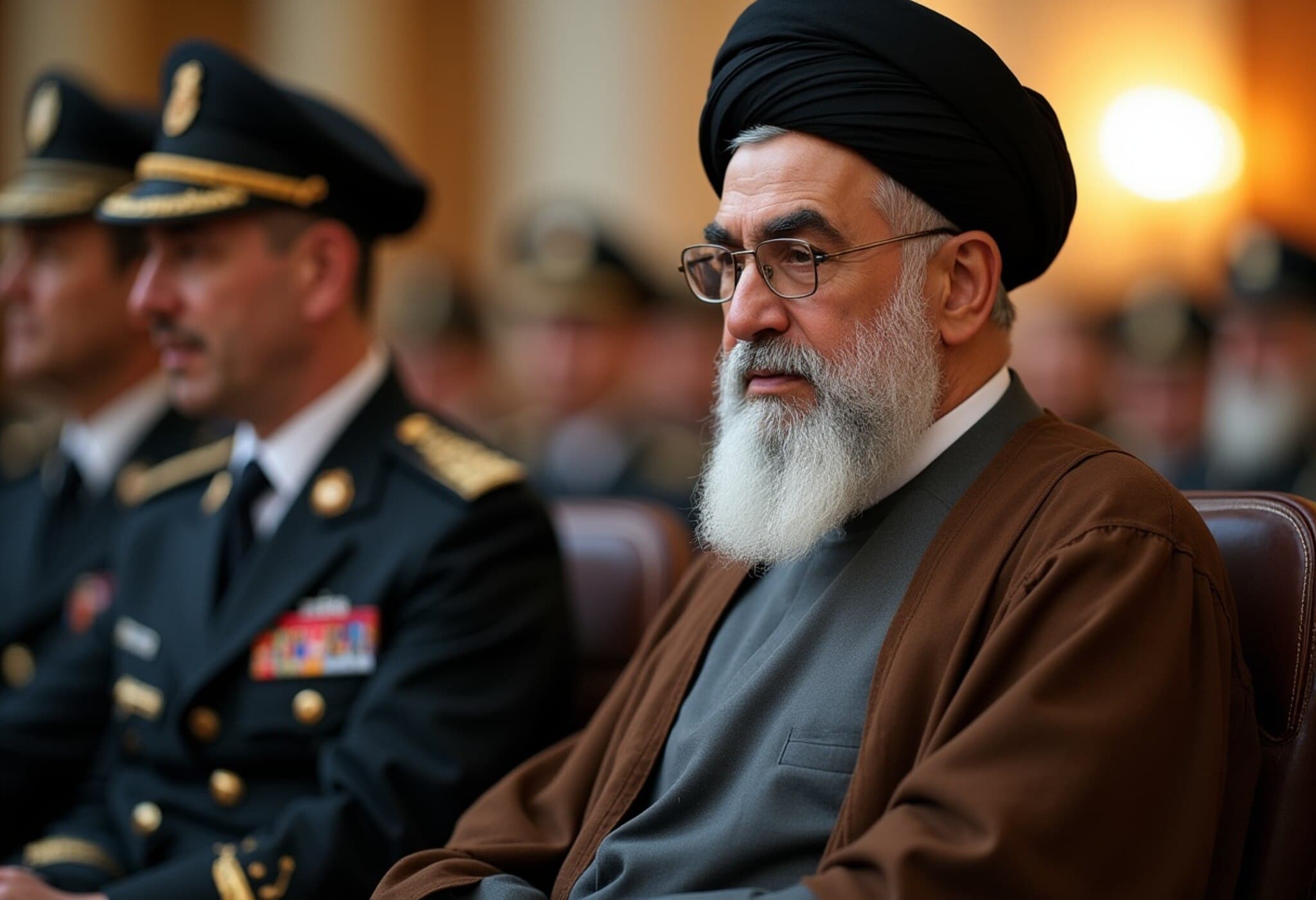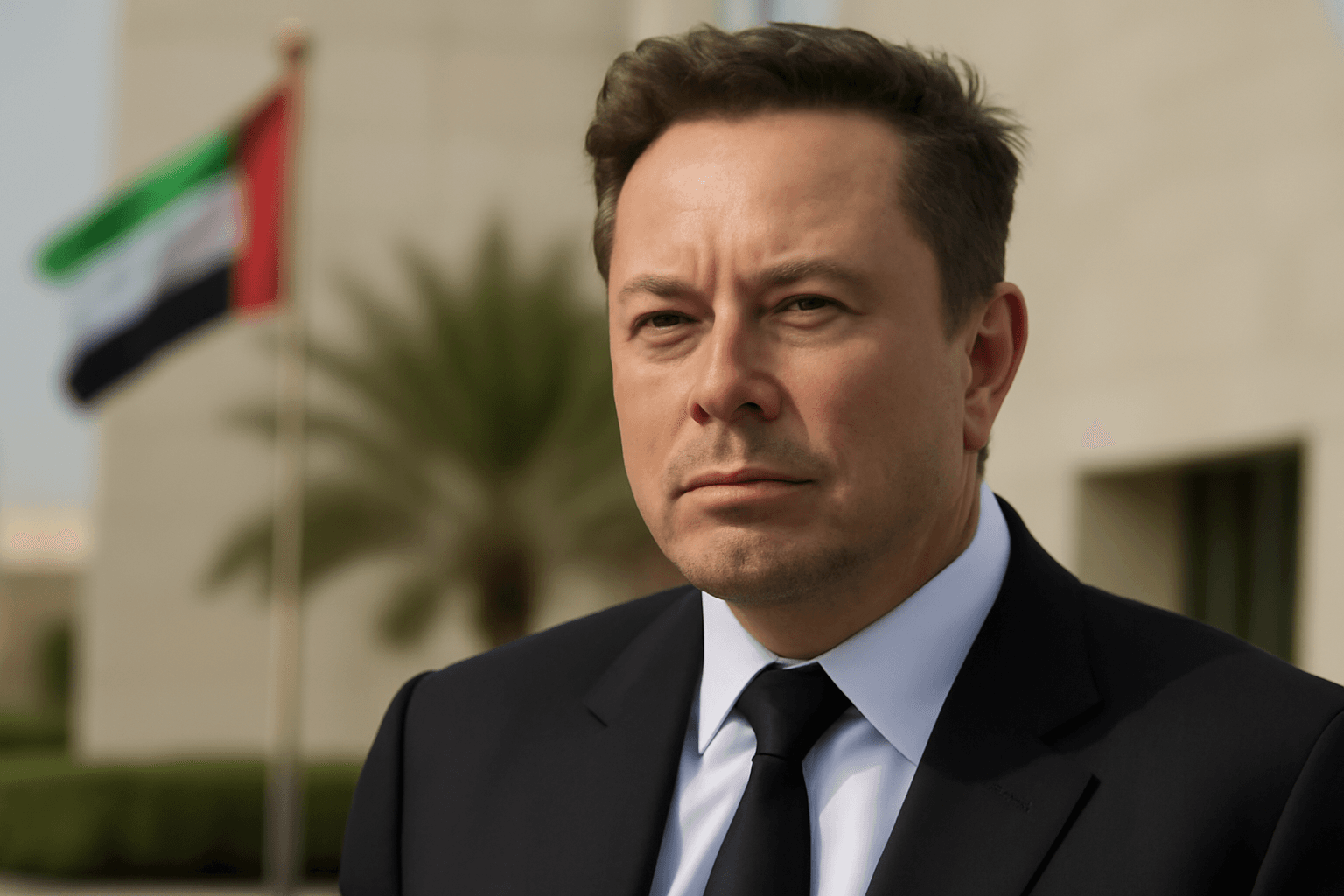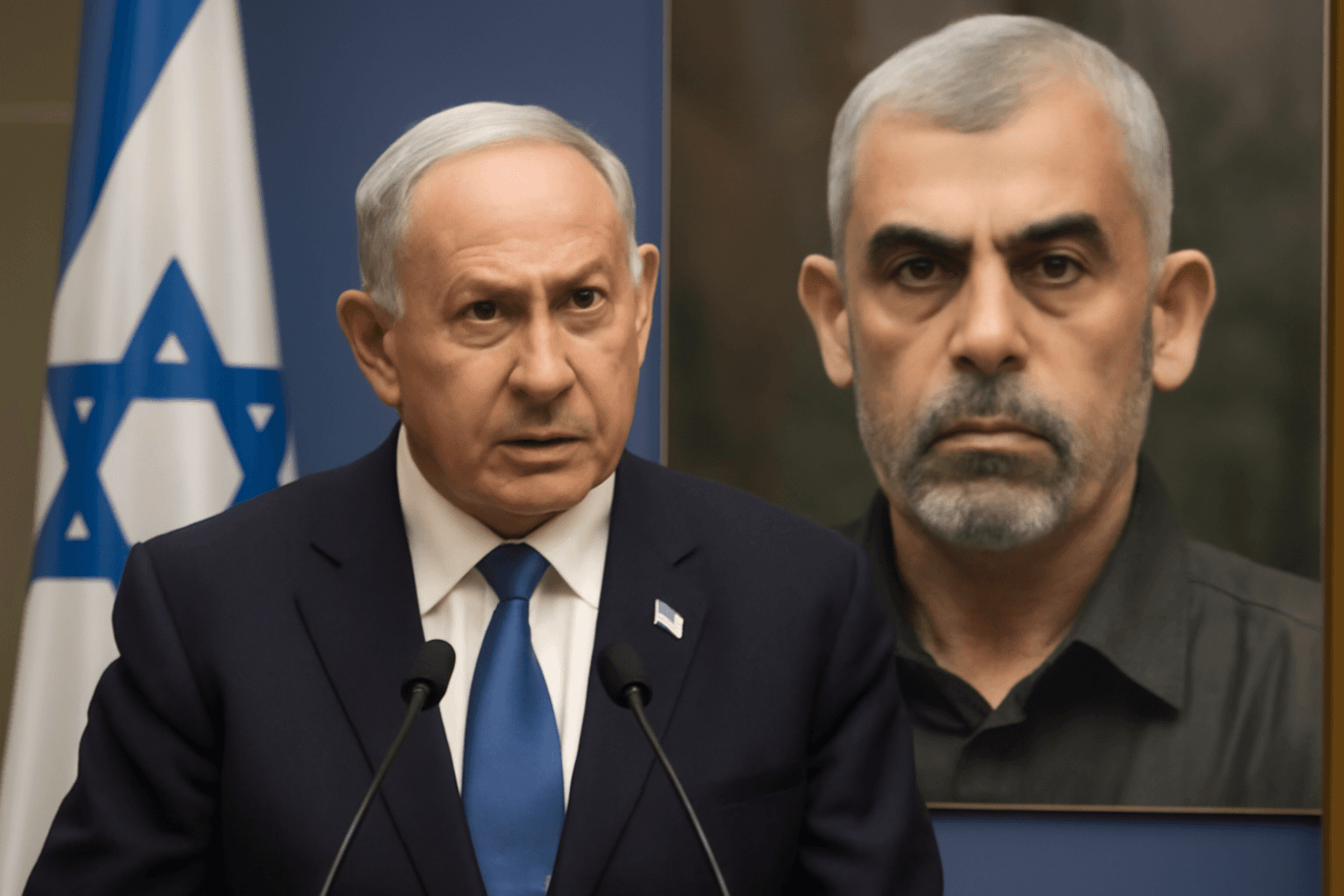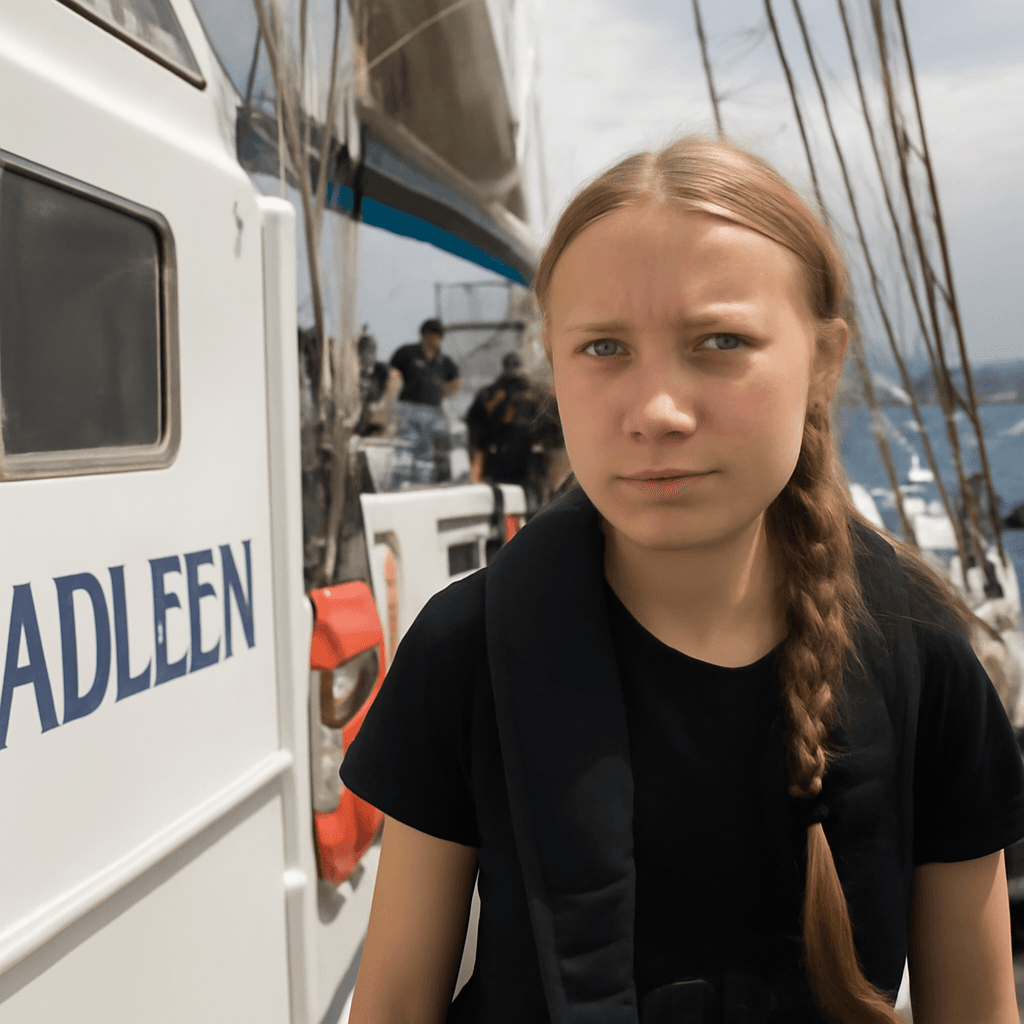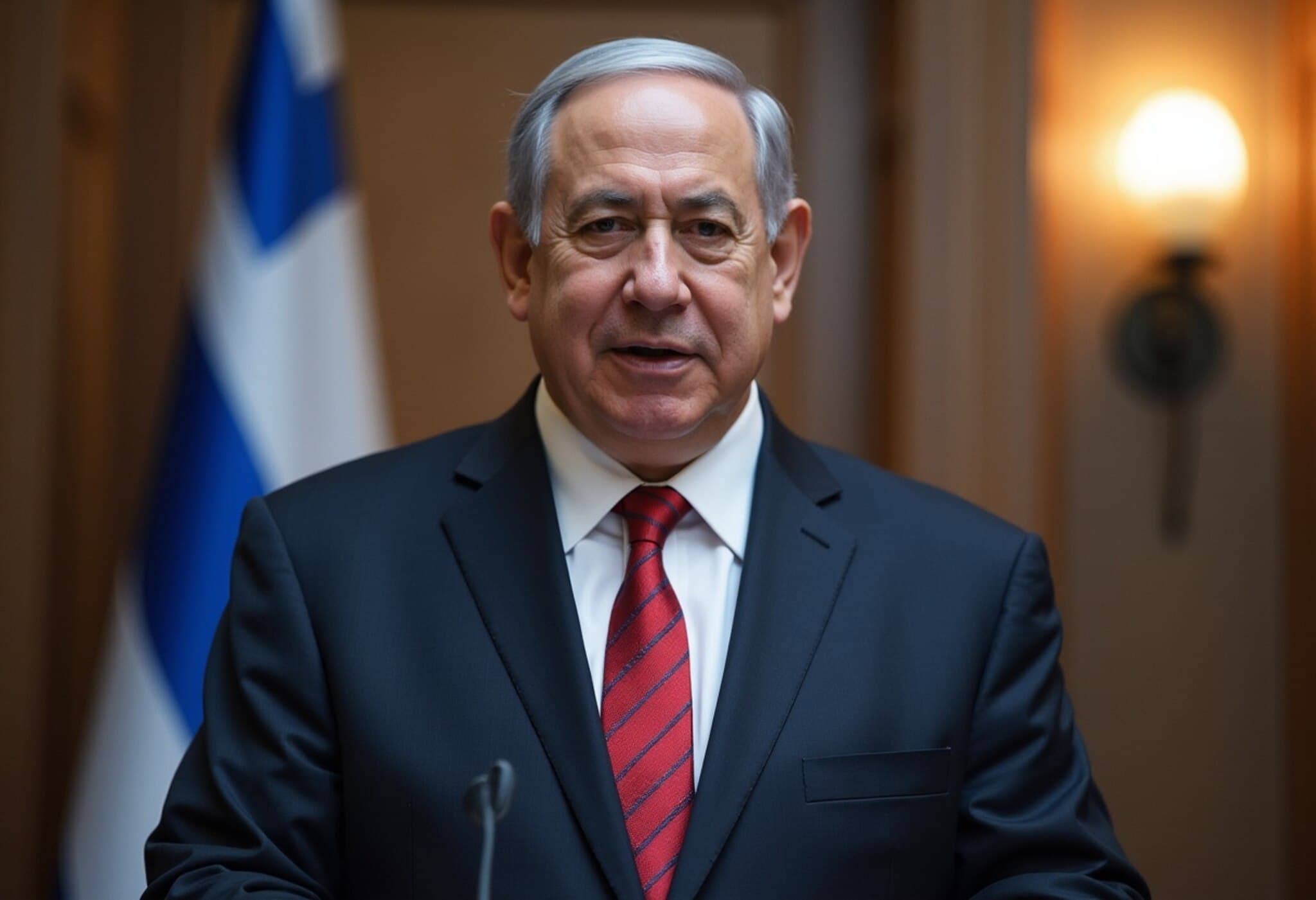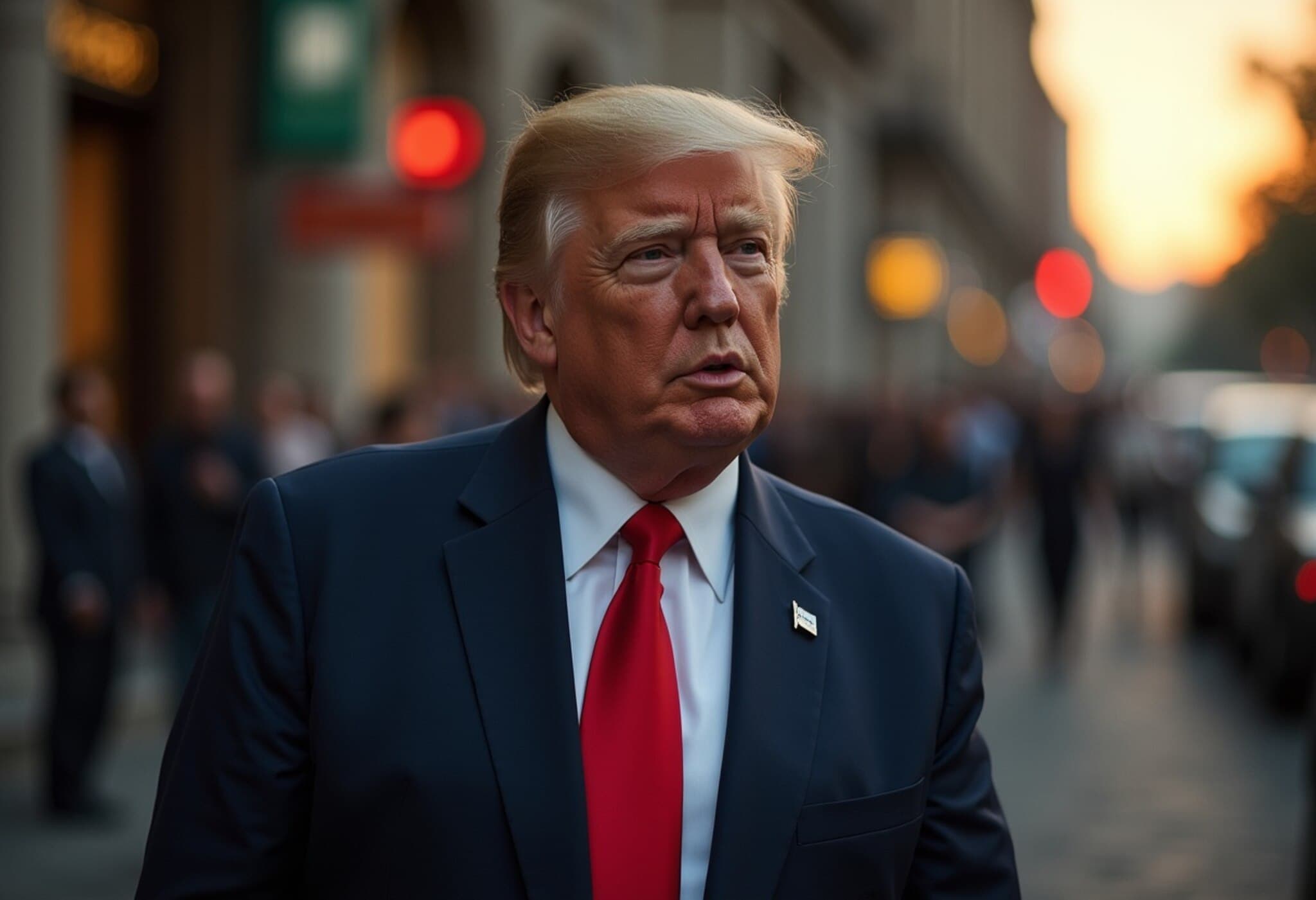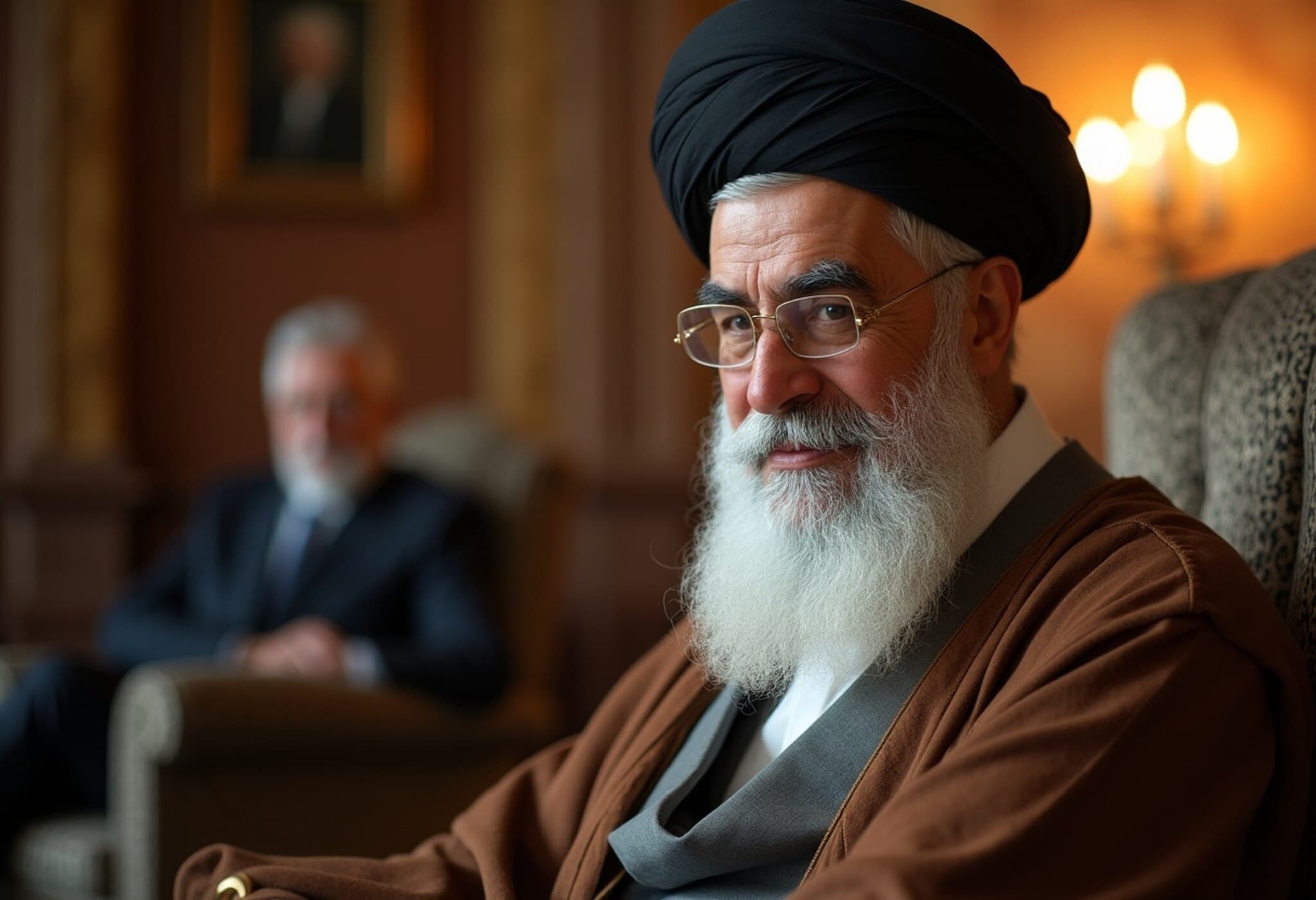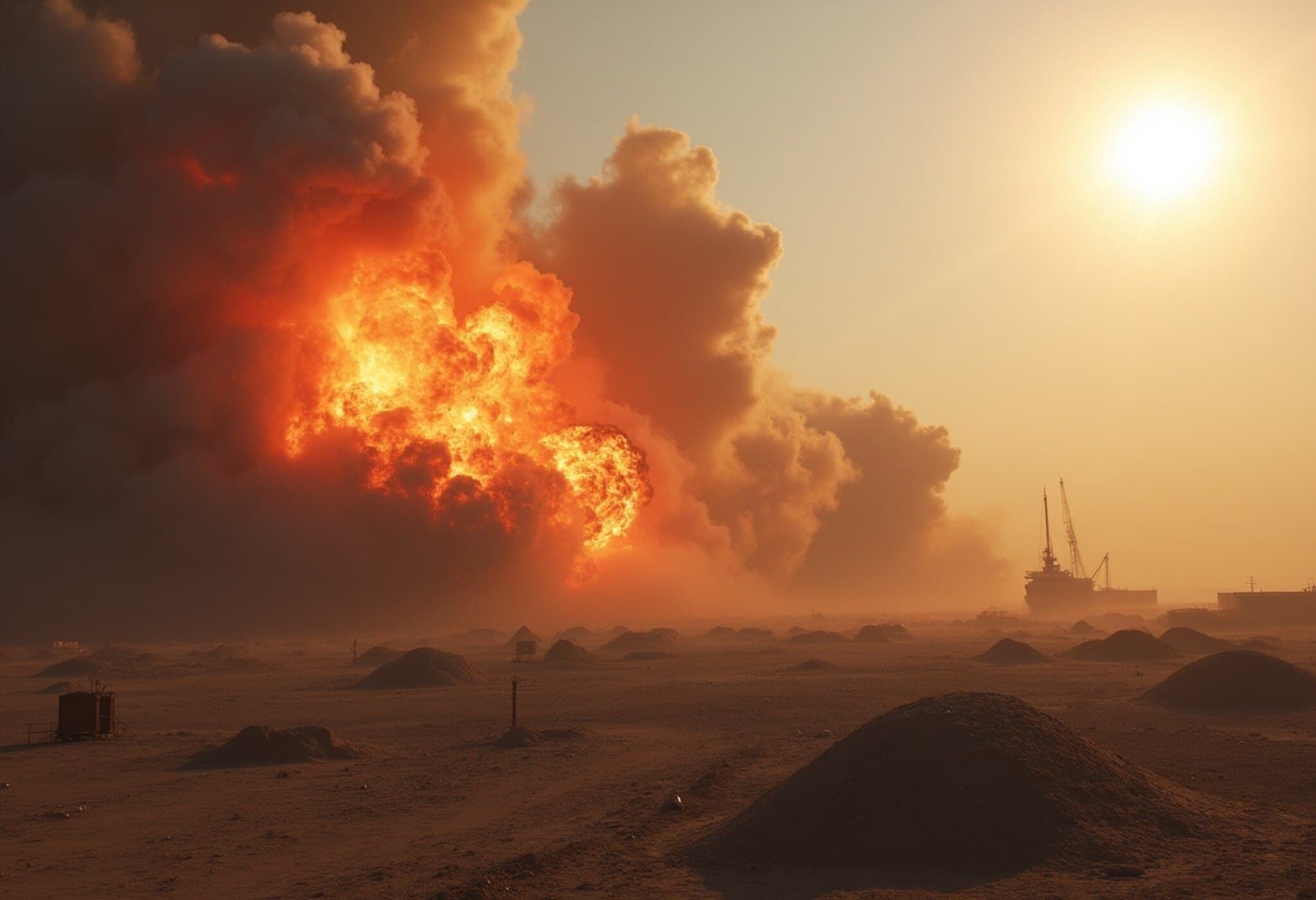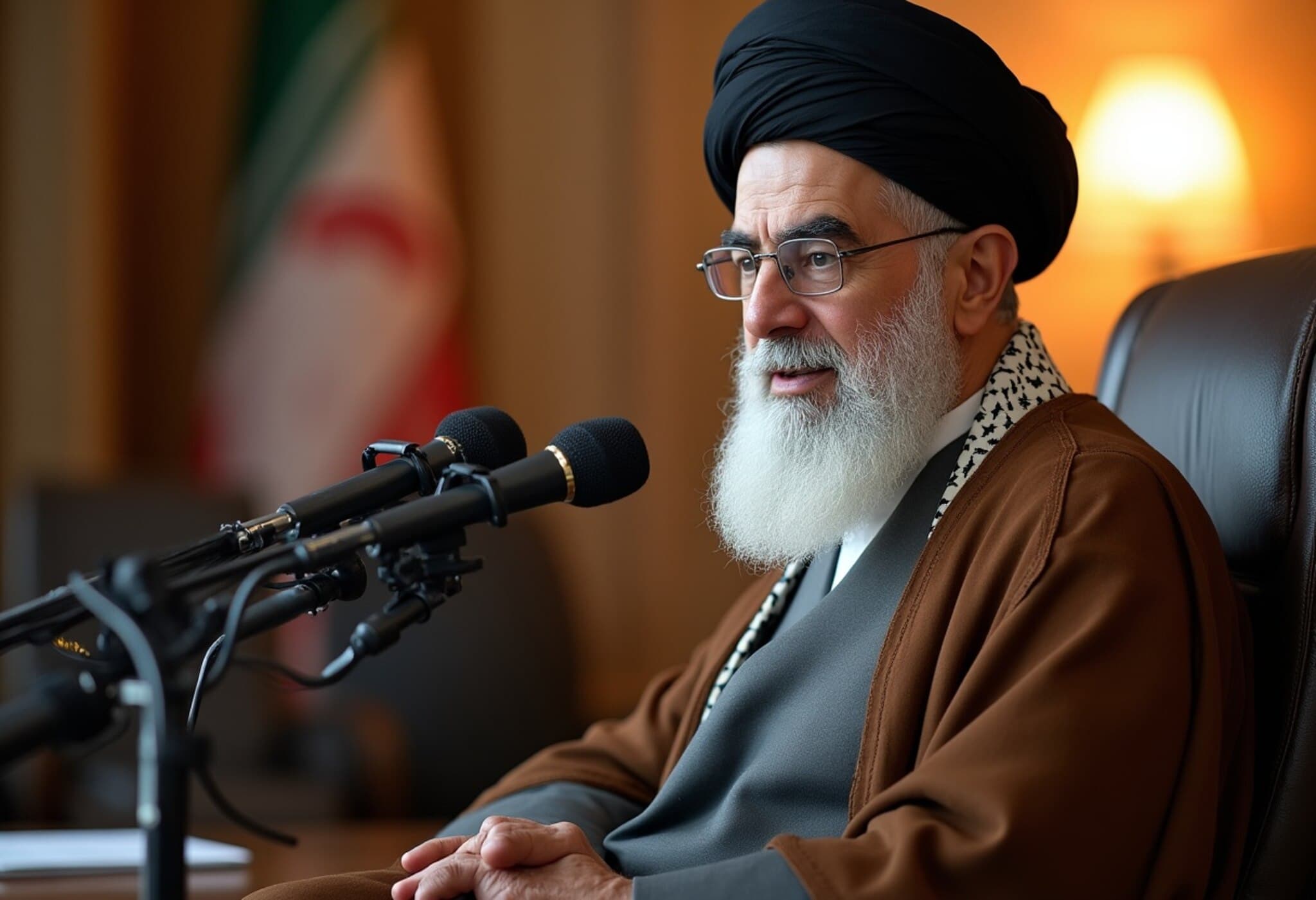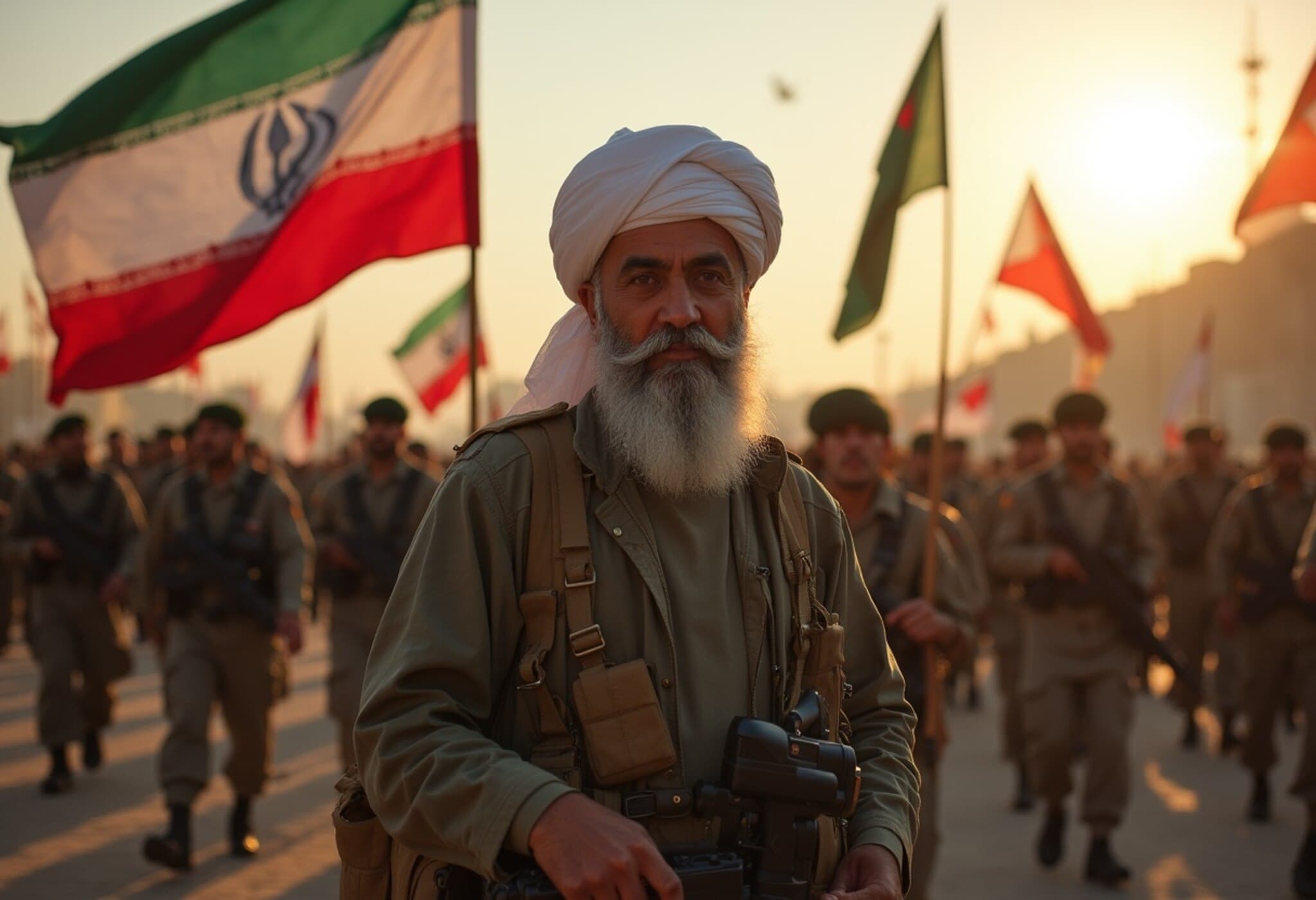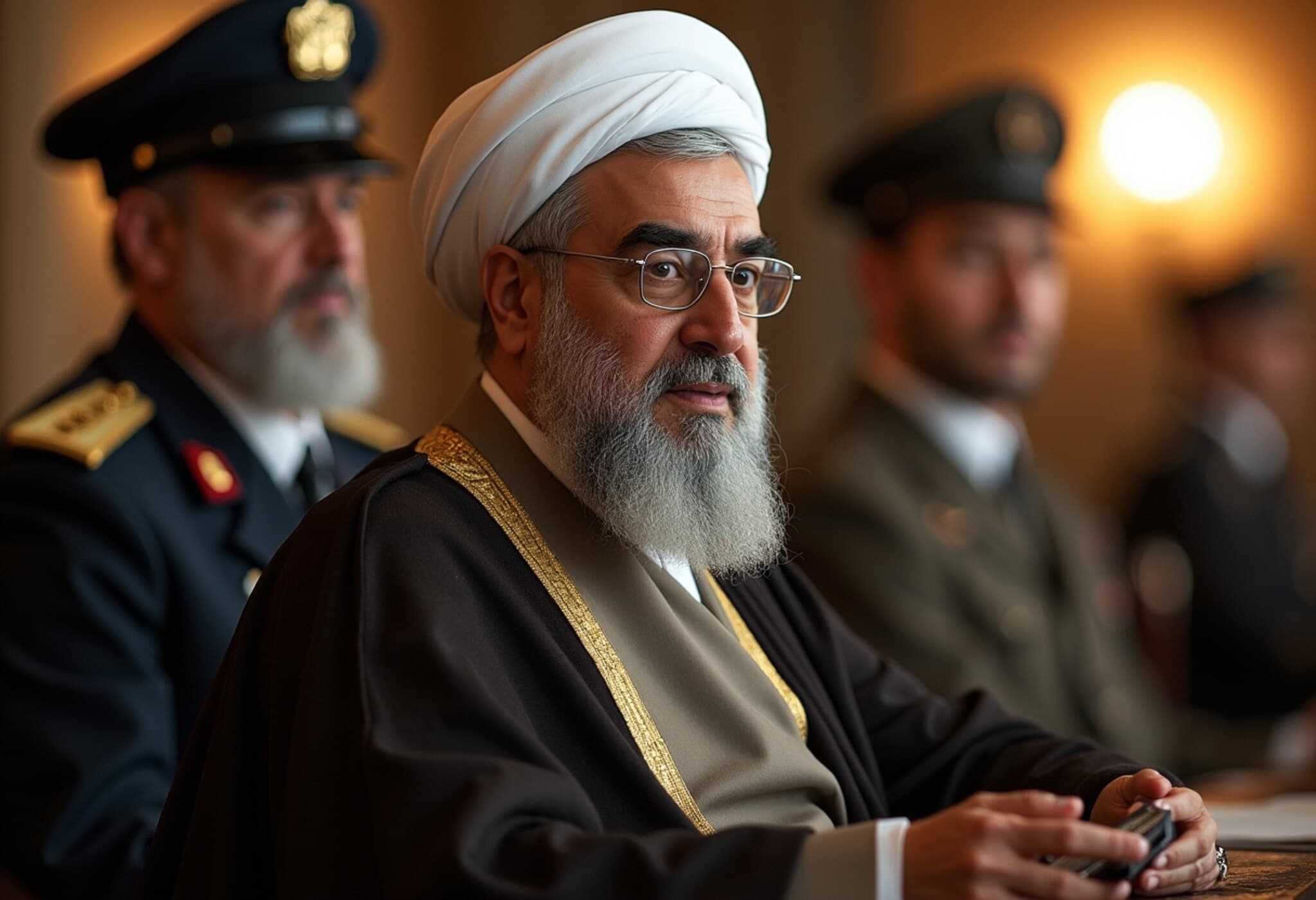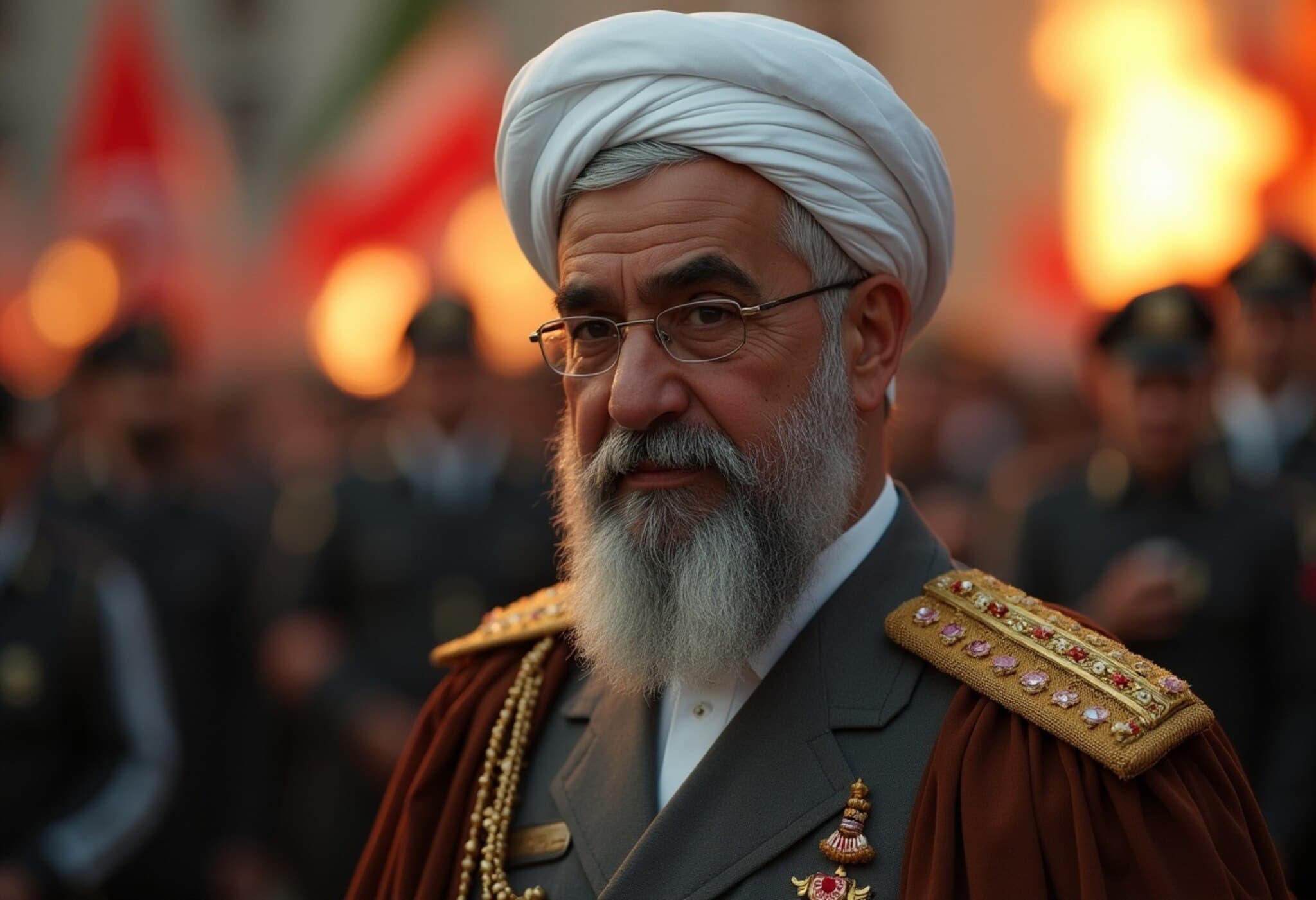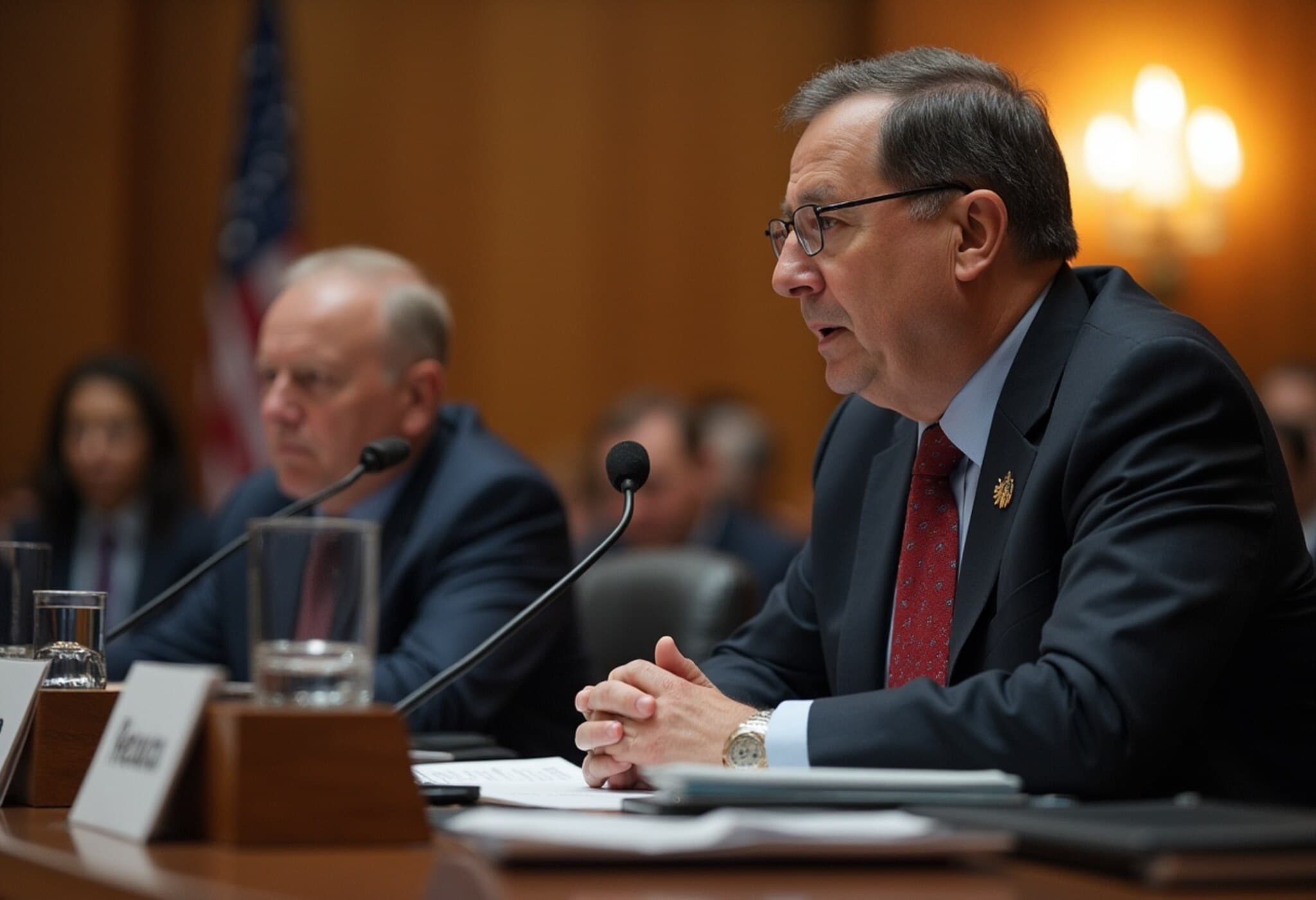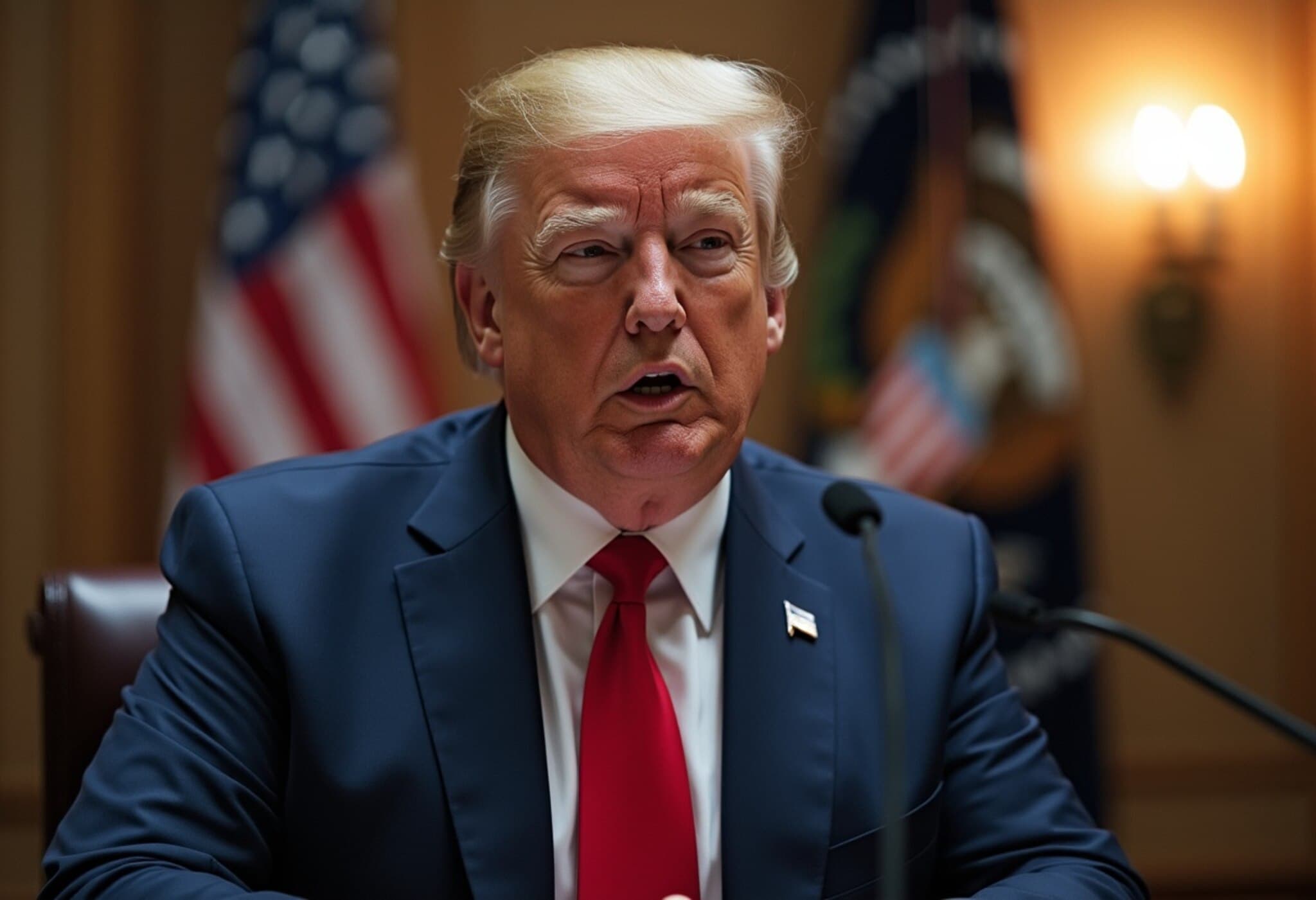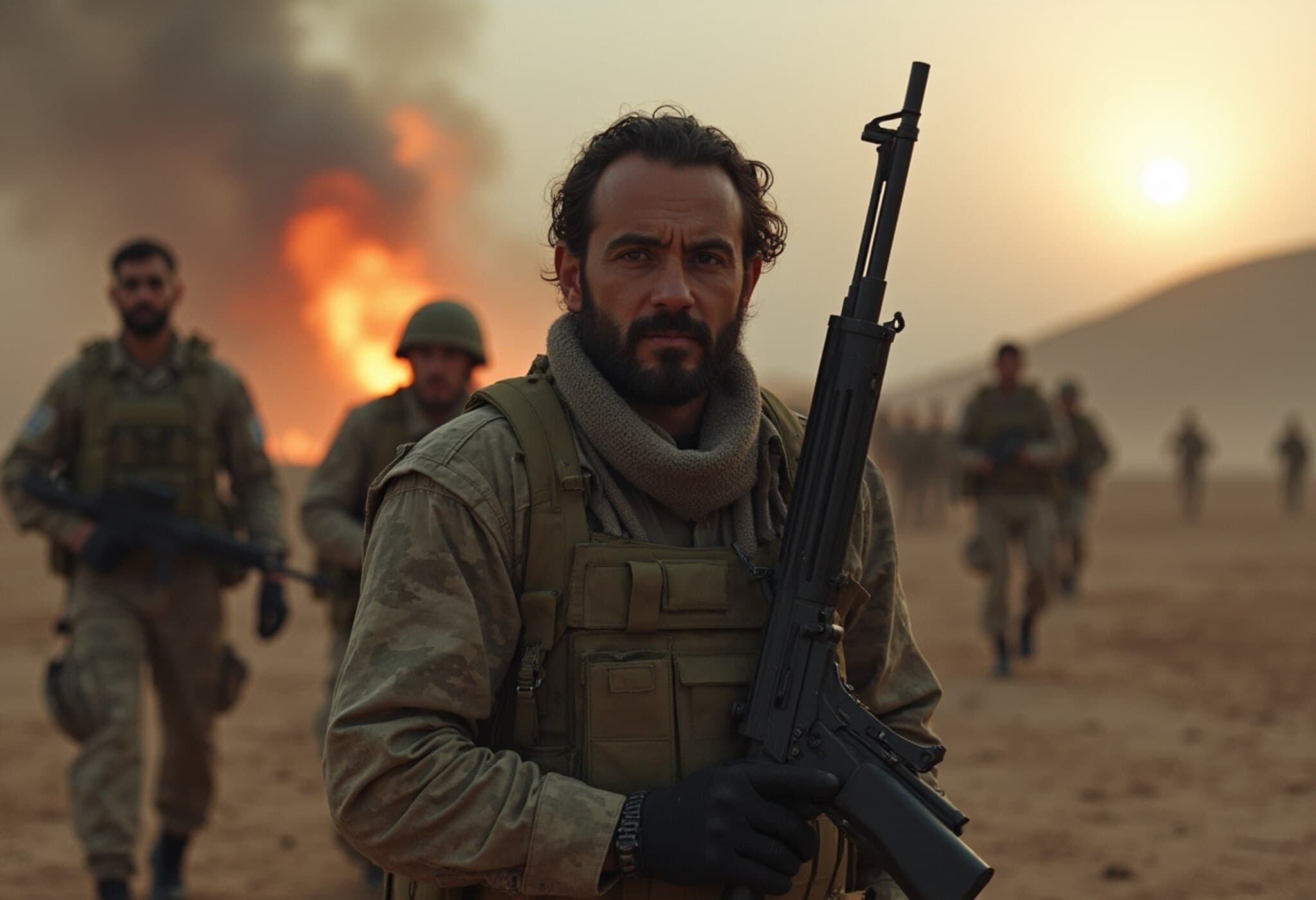The Rising Stakes Amid Iran’s Escalating Conflict
As tensions escalate in the Middle East, both the United States and Israel have intensified their focus on Iran’s Supreme Leader, Ayatollah Ali Khamenei. US President Donald Trump delivered a stark warning, indicating that intelligence agencies have pinpointed Khamenei's location. While stopping short of authorizing a direct attack, Trump’s rhetoric underscores the high stakes involved.
On the other side, Israeli Prime Minister Benjamin Netanyahu emphasized a decisive approach, stating that their military actions aim not to escalate but to bring the conflict swiftly to an end. Against this backdrop, Iran continues to retaliate with missile strikes as military operations target its nuclear infrastructure.
Focus Shifts to Iran’s Succession
With talk circulating about potential attempts on Khamenei’s life and a growing possibility of leadership change, speculation intensifies over who could step into the Supreme Leader role. Here are the most prominent figures believed to be in line or positioning themselves as successors:
Mojtaba Khamenei
The Supreme Leader’s second son, Mojtaba, is considered a powerful insider closely linked with the Islamic Revolutionary Guard Corps (IRGC) and conservative factions. Advocates view him as groomed to continue his father’s legacy, but critics warn his rise could entrench hereditary rule—something unpopular among many Iranians.
Alireza Arafi
A senior cleric and head of the influential Qom seminary, Arafi holds significant positions within the Assembly of Experts and the Guardian Council. His conservative views and strong ties across religious institutions make him a formidable contender.
Ayatollah Hashem Hosseini Bushehri
Serving as First Deputy Chairman of the Assembly of Experts and a trusted confidant within Khamenei’s inner circle, Bushehri often leads prayers in Qom, symbolizing his religious authority and political influence.
Ali Asghar Hejazi
Behind the scenes, Hejazi commands attention as the overseer of political-security affairs in the Supreme Leader’s office. His deep involvement in Iran’s intelligence services shapes critical strategic decisions, although he maintains a low public profile.
Gholam Hossein Mohseni Ejei
Currently heading the judiciary and formerly the intelligence ministry, Ejei is a hardline loyalist with decades of experience in Iran’s security apparatus. His reputation as a staunch enforcer positions him as a strong internal candidate.
Mohammad Mohammadi Golpayegani
As Khamenei’s longtime chief of staff, Golpayegani wields significant administrative control. Despite rarely seeking the limelight, his proximity to the Supreme Leader keeps him in the succession conversation.
Ali Akbar Velayati
A veteran diplomat and former foreign minister, Velayati now advises Khamenei on foreign policy. His extensive experience in nuclear negotiations and established connections within conservative leadership reinforce his standing.
Kamal Kharazi
Also a former foreign minister, Kharazi serves on Iran’s Expediency Council and Strategic Council on Foreign Relations. His deep expertise in international affairs may offer a pragmatic leadership path.
Ali Larijani
Known for his pragmatic conservatism, Larijani has served as parliament speaker and chief nuclear negotiator. His broad appeal across political factions could position him as a consensus candidate amidst factional divides.
Reza Pahlavi (Conditional on Regime Change)
The son of Iran’s last Shah and living in exile, Reza Pahlavi remains a symbolic figure for opposition groups and many in the diaspora. Advocating secular democracy, he represents a stark alternative, but only in the event of a regime collapse.
What Lies Ahead?
With regional tensions boiling over and political uncertainty surrounding Iran’s leadership, the question of succession is more crucial than ever. Whether power stays firmly within the current regime’s religious elite or opens the door for new players will shape Iran’s future trajectory for years to come.

